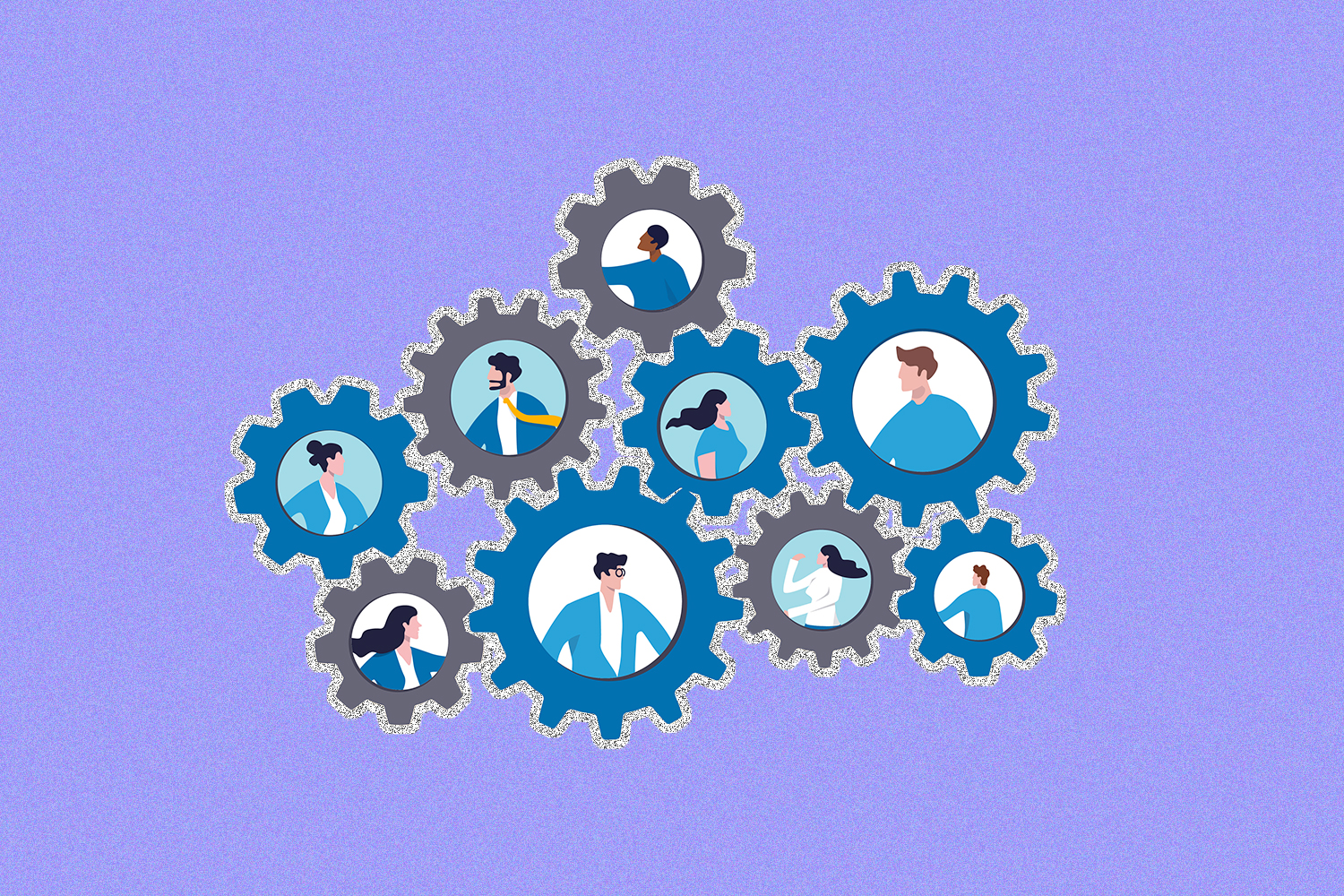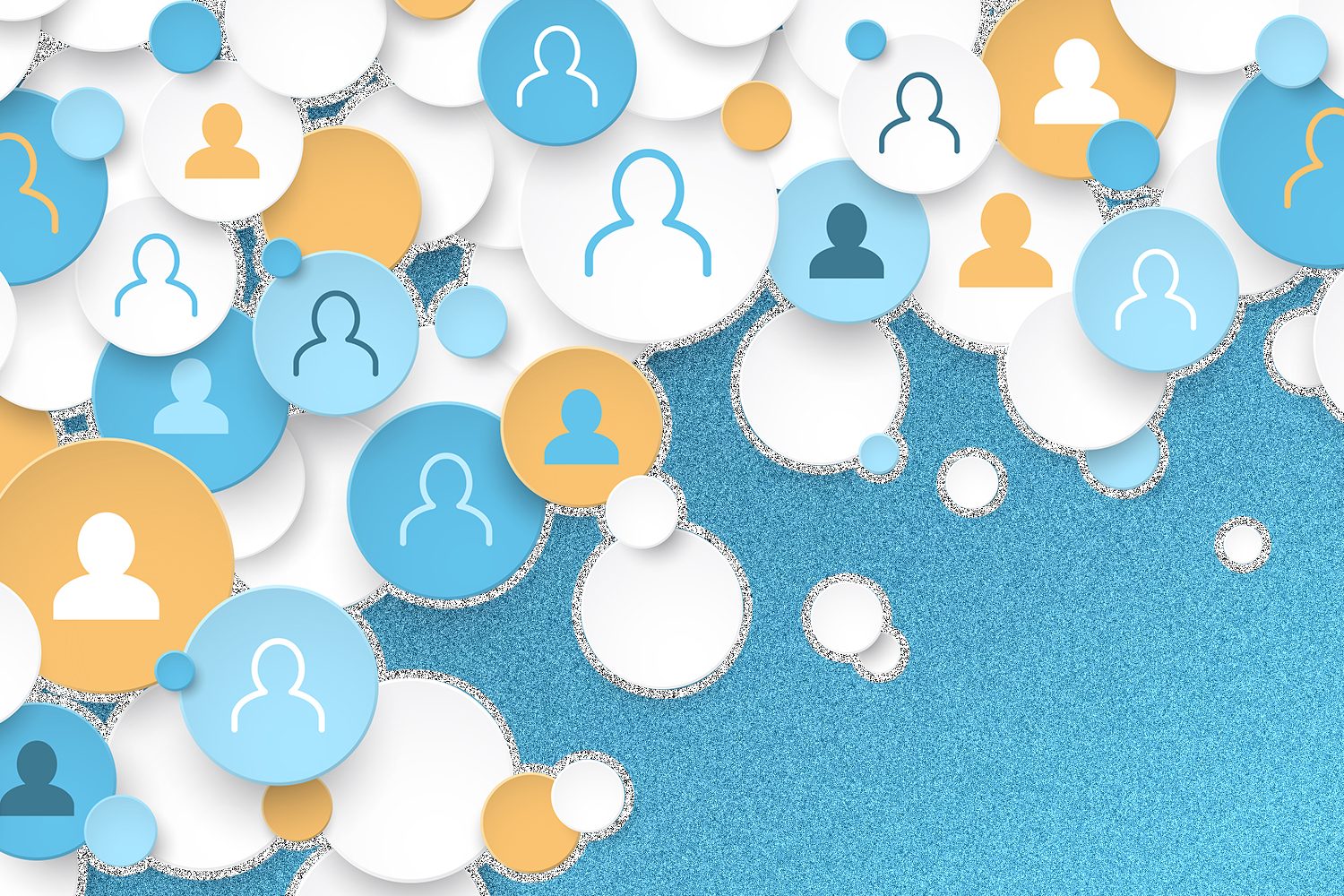Conditions including autism, ADHD, dyslexia are not new to your workforce. You likely already have neurodiverse employees at your organization — whether you’re aware of their condition or not.
An estimated 15% to 20% of the population are neurodiverse, referring to the neurological differences that affect how people think and interact. Not only will your organization have neurodiverse people on the team, “a significant number of their customers will be [neurodiverse] as well,” says Dr. Jill Miller, a senior diversity and inclusion policy advisor at the Chartered Institute of Personnel Development (CIPD), which champions better working lives through people management.
“People who understand neurodiversity or are neurodivergent themselves are better at designing products and services that are suited to different customer needs,” she explains. In fact, increasing workplace diversity has been shown to improve companies’ bottom line by 19%.
Neurodiverse people often have thinking styles associated with unique strengths, such as the ability to spot patterns and trends, retain information and hyperfocus — all of which can prove valuable to businesses.
Learn more about neurodiversity and how to support neurodiverse members of your team.
What is Neurodiversity?
Neurodiversity refers to the vast range of neurological functions that shape thinking patterns and human interaction. Conditions such as autism, ADHD, dyslexia and dyspraxia are considered to be outside of the range considered “neurotypical.” Individuals living with these conditions are referred to as neurodivergent.
“All humans have things that they’re good at and things that they struggle with, but in the case of a neurodivergent individual, these differences are much more pronounced,” explains Jacqui Wallis, CEO of Genius Within, a community interest company offering coaching to neuro-minorities to help them excel in the workplace. Wallis was diagnosed with dyslexia at 23-years-old, and more recently with dyspraxia.
“For example, a dyslexic individual might be great at visual thinking, but struggle with writing. In neurodivergent individuals, these peaks and troughs are much more defined, whereas neurotypical people tend to be more of a jack of all trades,” says Wallis.
Unlike Genius Within, where 47% of employees are neurodivergent, the vast majority of workplaces are designed for neurotypicals. However, a range of simple adjustments can remove barriers for neurodivergent employees and create an equitable workplace. See four areas where your team can make an impact.
1. Re-evaluate the Recruiting Process
“When it comes to job interviews, they’re often just a test of recall or social competence,” Miller says. “Some individuals might be overly honest about their weaknesses, or struggle with eye contact. Interviewers should be trained in neurodiversity awareness, so they don’t make rash judgments about people.”
Miller also suggests considering alternative hiring methods, such as a work trial, to allow applicants to demonstrate their ability to perform in the job. For example, research has shown that individuals with dyslexia are more likely to struggle with organization, communication and self-esteem. Allowing these candidates to attend a work trial, rather than a formal interview, would appeal to their strengths — which often include entrepreneurialism, visual reasoning and practical skills.
Some companies have launched dedicated neurodiversity hiring initiatives to better reduce barriers to the workplace, including home loan organization Freddie Mac.
“We provide learning and development to help managers and colleagues be inclusive of neurodiverse teammates,” explains Wendell Chambliss, senior vice president and chief diversity and inclusion officer. “Last year, we trained more than 300 employees, including 165 hiring managers, to support the employment and engagement of autistic individuals.” The managers are encouraged to schedule regular check-ins with neurodiverse candidates to discuss any accommodations and explain what to expect from the hiring process.
Freddie Mac has hired 25 people over 10 years as part of the initiative. “In our experience, we’ve found adjustments and accommodations to be minimal, and they are adjustments that are useful for neurotypical employees as well,” Chambliss says. “We offer candidates options for a flexible, hybrid work environment and when in office we provide space modifications such as light dimming, access to quiet spaces and noise cancellation headphones.”
2. Be Precise With Workplace Communication
When demonstrating the importance of communication in a neurodiverse workplace, Wallis asks for her team to imagine an elephant. “When everyone describes their elephants they’re all picturing something different, even though they’ve done exactly what I asked them to do,” she explains. “In the workplace, these different interpretations lead to people not doing what others expect of them. It’s not because they’re being lazy or difficult, it’s because they didn’t understand the task or needed more precise information.”
Giving more precise information can be particularly helpful for employees with ADHD, who struggle with self-regulation and time management. Detailed information can allow these employees to effectively use their creative thinking skills and ability to hyperfocus. Employees on the autism spectrum may struggle when given more than one task, but often have strong attention to detail. Clear priority setting may benefit these employees on your team.
Jen Rautenberg, senior human resources business partner at SAP, also testifies to the benefits of improved communication. SAP has 225 employees who identify as neurodivergent across 16 countries, which includes self-disclosures as well as hires from the Autism at Work program. The program aims to reduce barriers of entry into the workplace for individuals on the autism spectrum and offers resources to facilitate their success once on the job.
“It’s important that we help these employees to be their authentic selves, so that there is no need for them to worry about colleagues finding them too direct or perceiving them as rude,” Rautenberg says. “A number of our managers who have hired [employees] under our Autism at Work program have said it’s made them a better people leader overall, as it had taught them the importance of clear communication and being flexible with their leadership style.”
Adaptations to communication in SAP’s Autism at Work program include giving straightforward instructions that only include essential information and allowing candidates to see a set of interview questions in advance. Other adjustments SAP has implemented include scattered working hours to allow employees to avoid rush hour and increasing natural light.
Senior Executive DEI Think Tank is a criteria-based membership community for chief diversity officers and senior-level DEI leaders at large organizations to share difference-making tactics, trade valuable resources, and seek the counsel of experienced peers in a private, confidential setting.
Do you qualify?3. Don’t Only Rely on Auditory Information — Opt for Visual Cues
Individuals on the autism spectrum often have problems processing auditory information, so increasing visual cues around the workplace is a helpful accommodation. This adjustment can also benefit employees with dyslexia and those with dyspraxia, who may struggle with processing speed.
“At Spectrum Designs, we make the workplace more visual,” says Patrick Bardsley, co-founder and CEO of Spectrum Designs Foundation, which offers employment opportunities for people on the autism spectrum. “Markings on the floor to tell people where to stand, labels on machines showing which way it’s going to spin. We also have markings that pair our machines with similar visuals. For example, a machine with 8 arms will have an image of an octopus above it.”
Spectrum Designs operates three enterprises: a t-shirt manufacturer, a bakery and a laundry business. Across these businesses, roughly 60% of employees are on the autism spectrum, working in a variety of roles from counting and sorting in the warehouses to graphic design and administration.
“The amazing thing about these visual adaptations is that they benefit everyone. We’ve seen a 30% increase in efficiency just by having a more visual space, so that anyone going into that area can learn and follow the cues.”
4. Remember, Accommodations Benefit Everyone
Through an intentional hiring program, IBM increased its hiring of neurodivergent people by 220% last year. This commitment to neurodiversity has “benefited the broader teams through increased team loyalty and morale. We’ve seen an uplifting effect,” says Tony Horton. Tony is vice president of supply chain operations for IBM and executive sponsor for the company’s neurodiverse community.
“For too long, the discourse around neurodiversity has focused on what people can’t do. It’s time for us to turn that around and celebrate people’s talents,” he says.
In order to create an equitable environment, Horton says leaders must create psychological safety where people feel comfortable asking for accommodations. While this work environment benefits neurodivergent employees, Horton says a compassionate workplace is universally beneficial.
According to Horton, IBM’s accommodations program has a 30-year history. “If somebody has a need for a workplace adjustment or as we sometimes say a ‘success enabler,’ then we do our best to provide it for them — it’s open to anyone and everyone,” he says. “It helps individuals reach their potential at work, but also so the employer can benefit from their skills.”
However, remember one set of solutions will not benefit all neurodiverse people equally. Encourage employees to request specific accommodations which will benefit them most.





